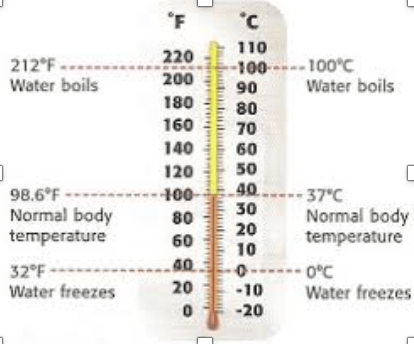At what temperature is a fever dangerous. Fever in Children: Understanding Dangers, Causes, and Treatment
At what temperature is a fever dangerous for children. What are the common causes of fever in kids. How can parents help their child feel better during a fever. When should parents seek medical attention for a child’s fever.
Understanding Fever in Children: Causes and Concerns
Fever is a common occurrence in children, often causing worry among parents. However, it’s essential to understand that fever itself is not typically dangerous and can actually be beneficial in fighting infections. A fever is generally defined as a body temperature of 100.4°F (38°C) or higher, though this may vary slightly depending on the method of measurement.
Common Causes of Fever in Children
- Infections (viral or bacterial)
- Overdressing, especially in infants
- Immunizations
- Teething (slight temperature rise)
Infections are the most common cause of fevers in children. The elevated body temperature helps stimulate the immune system and creates an environment less favorable for pathogen growth. While this natural defense mechanism is generally beneficial, it’s crucial for parents to know when a fever might indicate a more serious condition.
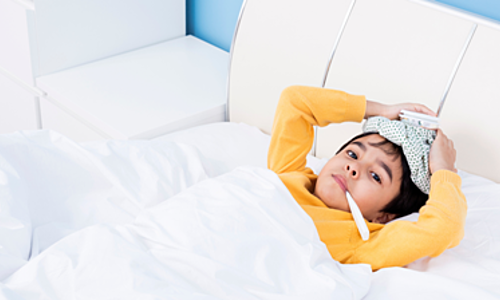
When Does a Fever Become Dangerous?
For most healthy children, a fever is not a cause for serious concern. However, certain situations warrant immediate medical attention:
- Infants younger than 3 months with a rectal temperature of 100.4°F (38°C) or higher
- Children with underlying health conditions
Is a high fever always indicative of a severe illness? Not necessarily. A child’s behavior and other symptoms are often more important indicators of their overall health than the fever itself. If a child over 3 months old remains playful, drinks fluids, and appears alert, the fever is likely not serious.
Recognizing Fever Symptoms in Children
Identifying a fever in children goes beyond just feeling their forehead. Common signs include:
- Warm skin
- Changes in behavior (fussiness or lethargy)
- Increased breathing or heart rate
- Headache
- Chills or sweating
- Flushed skin
How can parents accurately measure their child’s temperature? The most reliable methods vary by age:
- For children 3 and under: Rectal temperature
- For children 4 and older: Oral temperature
- For any age: Armpit or forehead (less accurate but easier)
Managing Fever at Home: Comfort and Care
When a child has a fever, the primary goal is to ensure their comfort and maintain hydration. Contrary to popular belief, not all fevers require treatment with medication. How should parents manage their child’s fever at home?
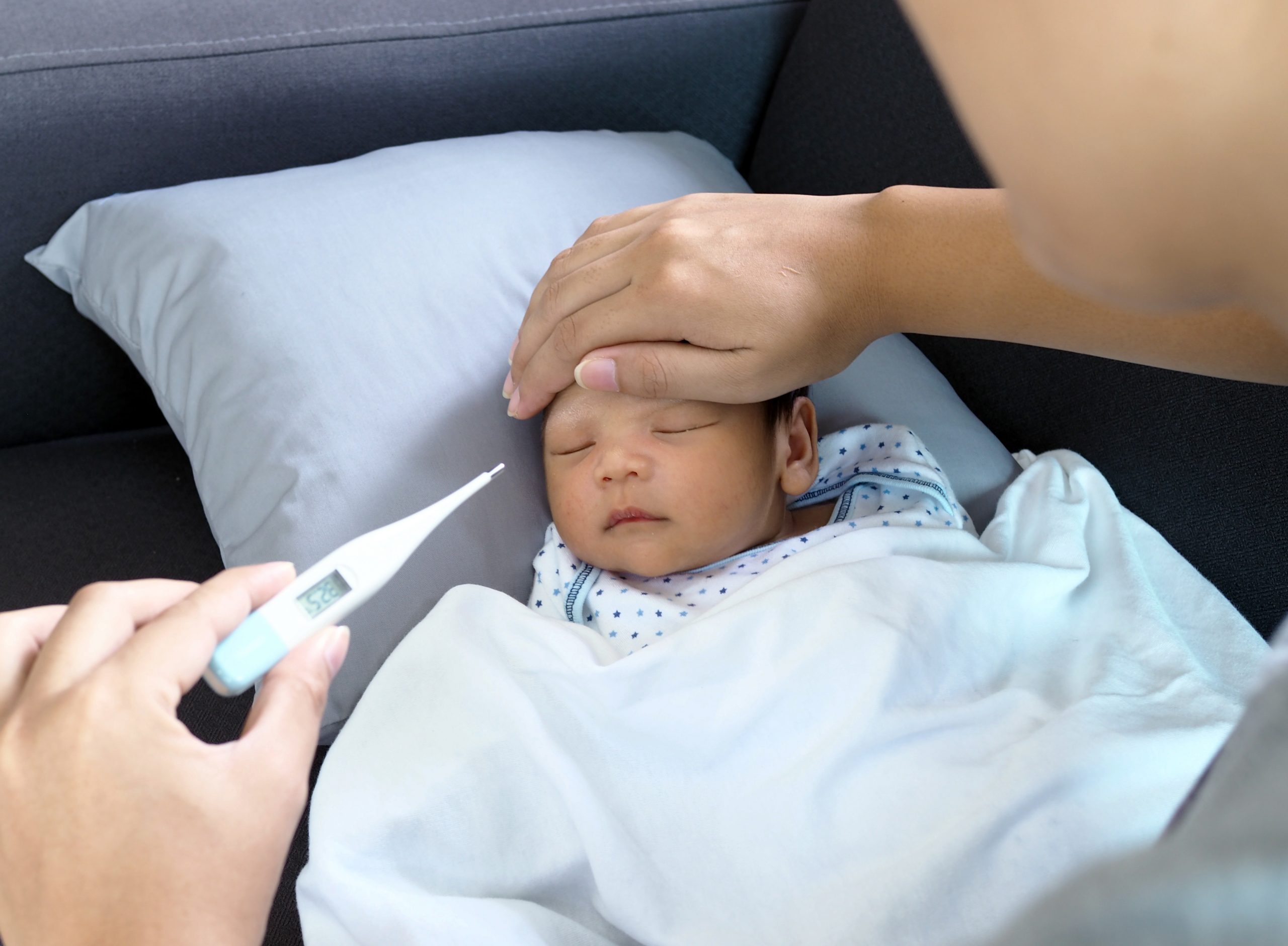
- Encourage rest
- Offer plenty of fluids
- Monitor for signs of dehydration
- Keep the child’s environment comfortable
Should parents always give fever-reducing medication? No, medication is only necessary if the child is uncomfortable or having difficulty drinking fluids. The fever itself is not harmful and can aid in fighting the infection.
Fever-Reducing Medications: When and How to Use
If a child is distressed or unable to maintain hydration due to fever, medication can help. The two primary options are:
- Acetaminophen (e.g., Tylenol)
- Ibuprofen (e.g., Advil, Motrin) – not for children under 6 months
How should parents determine the correct dosage? Always follow package directions or consult a healthcare provider, especially for children under 2 years old. It’s crucial to note that aspirin should never be given to children unless specifically instructed by a doctor, due to its association with Reye syndrome.
When to Seek Medical Attention for a Child’s Fever
While most fevers in children can be managed at home, certain situations require professional medical evaluation:
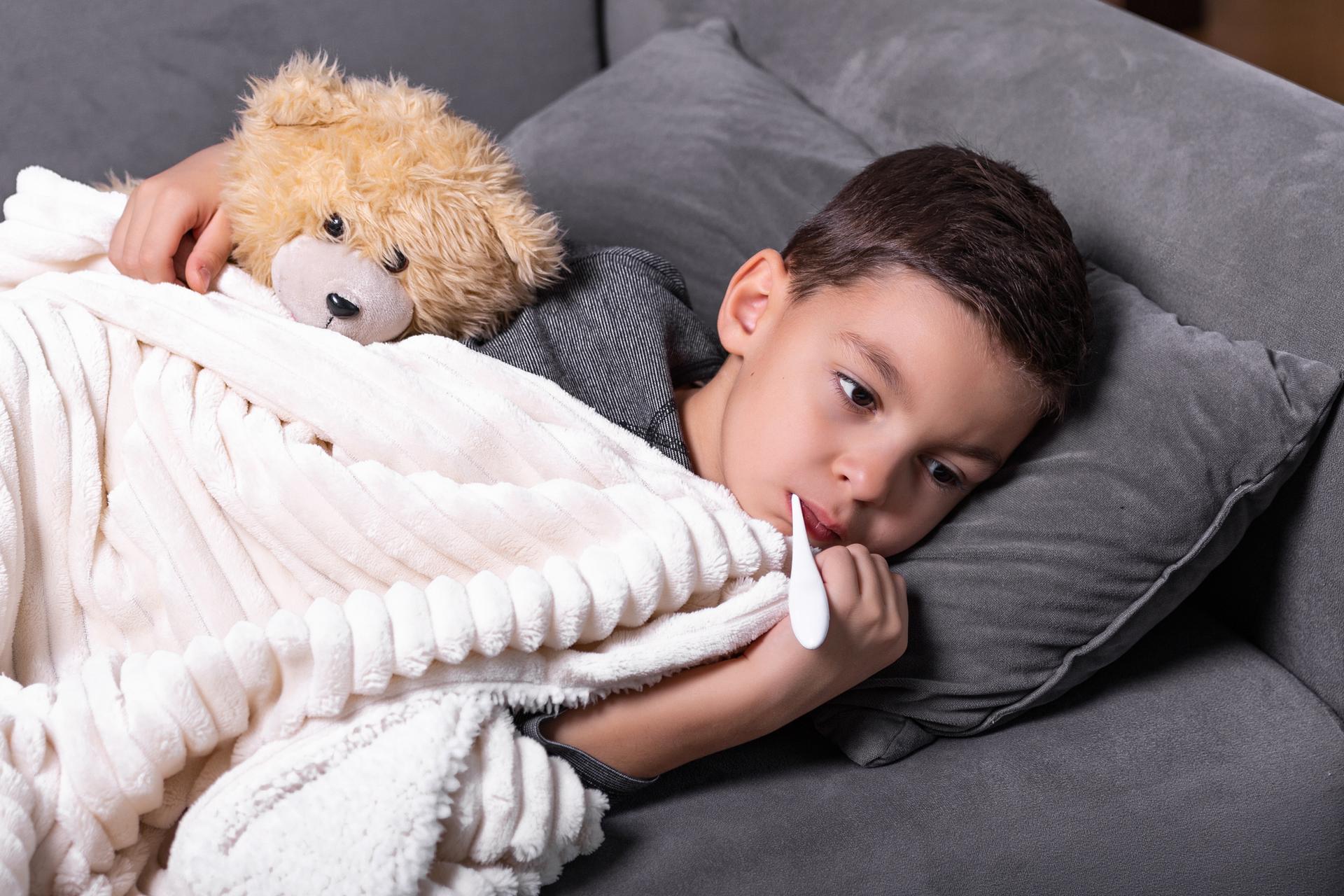
- Infants under 3 months with any fever
- Children with persistent high fever (over 103°F or 39.4°C)
- Fever accompanied by severe symptoms (lethargy, severe pain, difficulty breathing)
- Fever lasting more than 3 days
- Children with underlying health conditions
How can parents determine if their child’s fever is an emergency? Pay attention to the child’s overall behavior and symptoms. A lethargic, unresponsive child or one with severe pain or difficulty breathing should be evaluated immediately, regardless of the fever’s intensity.
Fever Myths and Misconceptions
Many myths surround childhood fevers, often leading to unnecessary worry. Let’s debunk some common misconceptions:
- Myth: All fevers are dangerous and must be treated immediately
- Fact: Most fevers are beneficial and don’t require treatment unless causing discomfort
- Myth: The higher the fever, the more serious the illness
- Fact: The child’s behavior is a better indicator of illness severity than temperature alone
- Myth: Fevers can cause brain damage
- Fact: Typical fevers (under 107°F or 41.7°C) do not cause brain damage
Why do these myths persist? Often, they stem from a lack of understanding about the body’s natural defense mechanisms and an overestimation of the dangers associated with elevated body temperature.
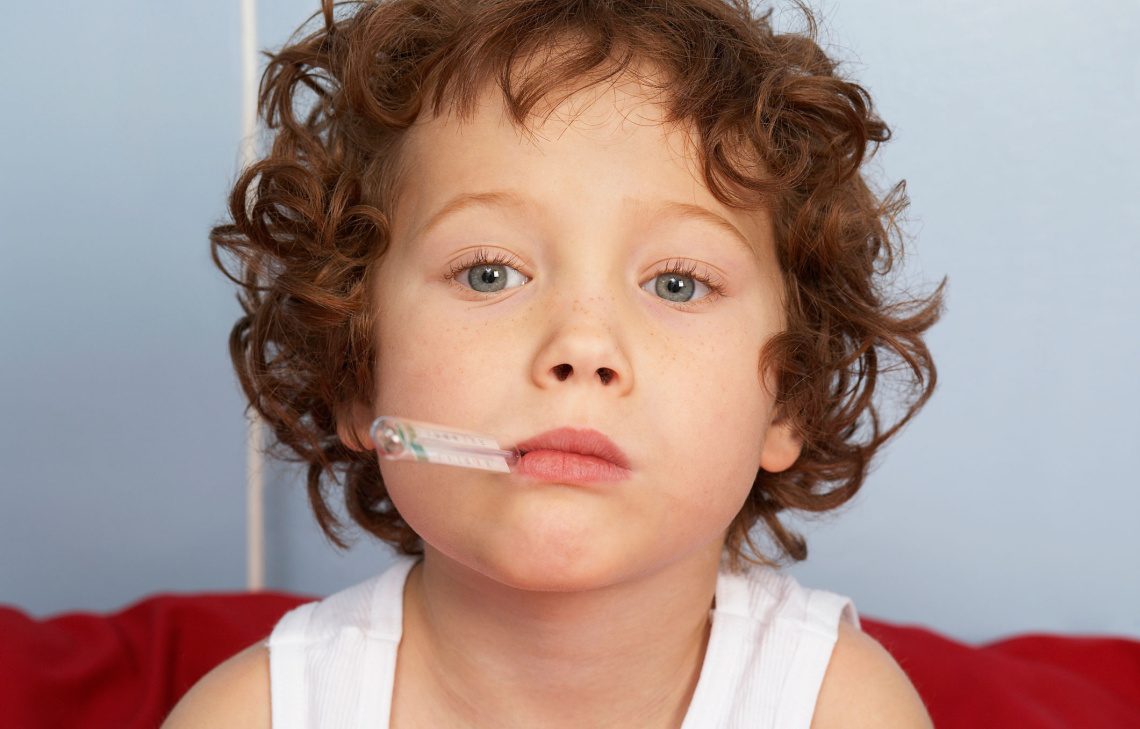
Preventing Fever and Promoting Overall Health in Children
While not all fevers can be prevented, certain measures can reduce their frequency and support a child’s overall health:
- Maintain good hygiene practices
- Ensure children receive recommended vaccinations
- Promote a healthy diet and adequate sleep
- Teach children about germ transmission and prevention
How can parents boost their child’s immune system naturally? Encourage a balanced diet rich in fruits and vegetables, ensure adequate sleep, promote regular physical activity, and manage stress levels. These lifestyle factors play a crucial role in supporting a robust immune system.
The Role of Hydration in Fever Management
Proper hydration is crucial when a child has a fever. The elevated body temperature increases fluid loss through sweating and rapid breathing. How can parents ensure their child stays hydrated during a fever?
- Offer small, frequent sips of water or clear fluids
- Provide ice pops or gelatin for variety
- Encourage electrolyte solutions for prolonged fever or if vomiting occurs
What signs indicate dehydration in a feverish child? Watch for decreased urination, dry mouth, sunken eyes, or lethargy. If these symptoms appear, consult a healthcare provider promptly.

The Impact of Fever on Sleep and Rest
Fever can significantly disrupt a child’s sleep patterns, which is crucial for recovery. How can parents help their feverish child get adequate rest?
- Maintain a cool, comfortable sleeping environment
- Use light, breathable clothing and bedding
- Consider a lukewarm bath before bedtime to aid comfort
- Administer fever-reducing medication before sleep if the child is uncomfortable
Should parents wake a sleeping child to check their temperature or give medication? Generally, it’s best to let a sleeping child rest unless they appear very ill or you’ve been instructed otherwise by a healthcare provider.
Fever and Its Effect on Appetite
Loss of appetite is common during fever and usually not a cause for concern. How should parents approach feeding a child with fever?
- Don’t force food if the child isn’t hungry
- Offer light, easily digestible foods when appetite returns
- Focus on maintaining hydration rather than food intake
When should parents be concerned about a child’s lack of appetite during fever? If the child refuses fluids or shows signs of dehydration, consult a healthcare provider. Otherwise, appetite typically returns as the fever subsides.
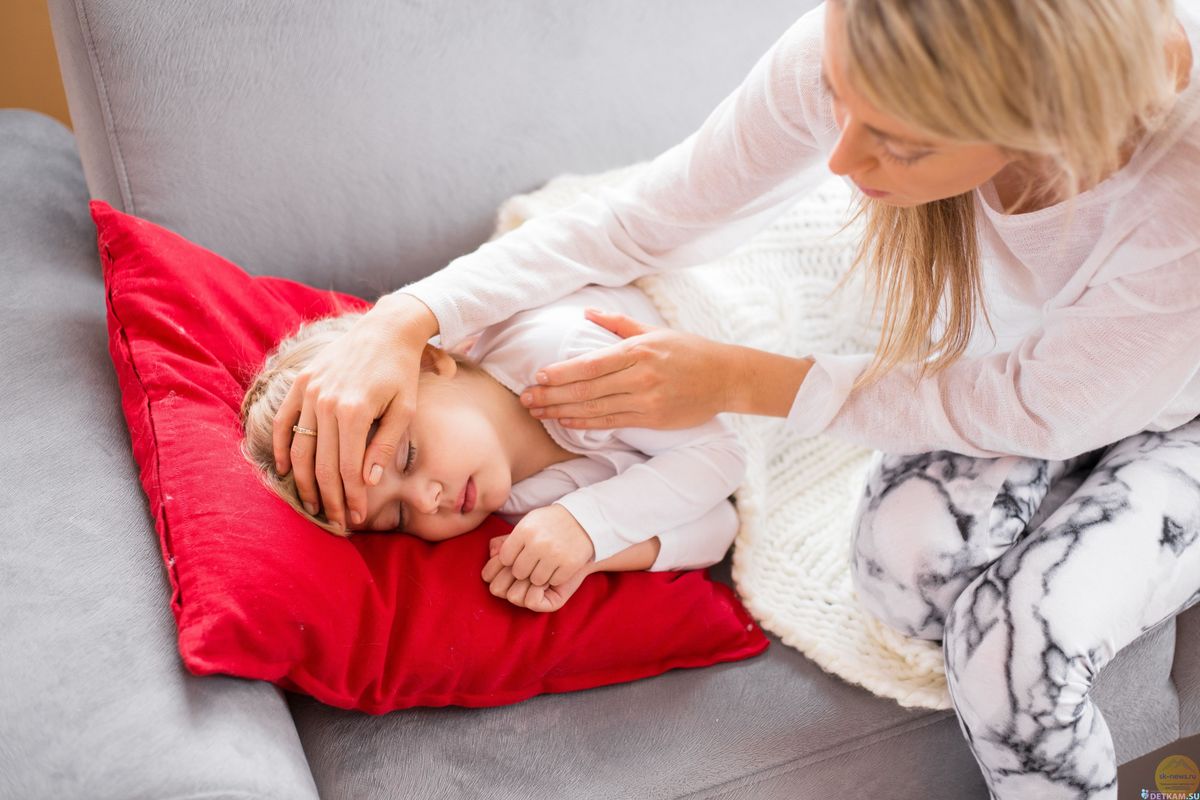
The Role of Environmental Factors in Fever Management
The child’s environment can significantly impact their comfort during a fever. How can parents create an optimal environment for a feverish child?
- Maintain a comfortable room temperature (around 70-72°F or 21-22°C)
- Ensure good air circulation
- Use light, breathable clothing and bedding
- Avoid overdressing or bundling, which can trap heat
Is it beneficial to use cold compresses or ice packs to reduce fever? While these methods can provide temporary relief, they’re not recommended as primary fever management techniques. They can cause discomfort and may lead to shivering, which can actually raise body temperature.
Fever in Special Populations: Children with Chronic Conditions
Children with certain chronic conditions may require special consideration when managing fever. How does fever management differ for these children?
- Children with heart conditions may need closer monitoring
- Immunocompromised children may require immediate medical attention for any fever
- Children with seizure disorders may have a lower threshold for fever-induced seizures
What should parents of children with chronic conditions do when fever occurs? Always follow the specific guidelines provided by their healthcare team. These children often have individualized fever management plans.

The Psychological Impact of Fever on Children and Parents
Fever can be distressing for both children and parents. How can parents manage their own anxiety while comforting their child?
- Stay informed about fever and its management
- Focus on the child’s overall behavior rather than just the temperature
- Maintain a calm demeanor to help keep the child relaxed
- Seek support from healthcare providers or trusted sources when unsure
How can parents explain fever to their children in an age-appropriate manner? For younger children, describe it as the body’s way of fighting off “bad germs.” Older children can understand a more detailed explanation of the immune system’s response.
Long-Term Effects of Recurrent Fevers in Children
While most fevers are harmless, some parents worry about the impact of frequent fevers. Do recurrent fevers have long-term effects on a child’s health?
- Most children experience no long-term effects from occasional fevers
- Frequent, unexplained fevers may warrant further investigation
- Some children may have periodic fever syndromes, which require specialized management
When should parents be concerned about recurrent fevers? If a child experiences frequent, unexplained fevers or shows patterns of recurring fever with specific symptoms, consult a pediatrician for a thorough evaluation.

Fever and Its Relationship to Child Development
Some parents worry that fevers might impact their child’s development. Does fever affect a child’s growth or cognitive development?
- Typical childhood fevers do not impact long-term development
- Brief periods of illness may temporarily slow growth, but catch-up growth usually occurs
- Severe, prolonged fevers associated with serious illnesses may have more significant impacts
How can parents support their child’s development during and after illness? Provide a nurturing environment, encourage rest, and resume normal activities gradually as the child recovers. If concerns about development persist after illness, consult with a pediatrician.
The Future of Fever Management in Pediatrics
As medical knowledge advances, approaches to fever management continue to evolve. What new developments are on the horizon for managing childhood fevers?
- More accurate, non-invasive temperature monitoring devices
- Advanced diagnostic tools to quickly identify the cause of fever
- Personalized fever management plans based on genetic factors
- Improved understanding of the fever response in different populations
How might these advancements change how we approach fever in children? Future developments could lead to more precise, individualized fever management strategies, potentially reducing unnecessary interventions and improving overall care.

Understanding fever in children is crucial for parents and caregivers. While it can be distressing to see a child with an elevated temperature, remember that fever is often a sign that the body is effectively fighting an infection. By knowing when to manage fever at home and when to seek medical attention, parents can ensure their child receives appropriate care while avoiding unnecessary worry. Always consult with a healthcare provider for personalized advice, especially for infants, children with chronic conditions, or when fever is accompanied by concerning symptoms.
Fever (High Temperature) In Kids (for Parents)
All kids get a fever from time to time. Usually, a fever isn’t dangerous or bad for kids. It can even be a good thing because it can help the immune system fight infection.
Still, parents might be unsure about how to handle a fever at home and when to call the doctor. Here are some tips.
What Is a Fever?
In general, a fever means the body’s temperature is 100.4°F (38°C) or higher. Different ways of measuring a temperature — rectal, armpit, ear, forehead, mouth — get a slightly different number, so the number that means a child has a fever is a little different too.
What Causes Fevers?
Fevers in kids are usually caused by an infection. A fever helps the body by stimulating the immune system to fight the infection. Doctors also think the higher temperature makes it harder for the germs to grow.
A few other reasons kids can have a fever:
Overdressing: Infants, especially newborns, may get fevers if they’re overdressed, wrapped in a blanket, or in a hot environment because they don’t regulate their body temperature as well as older kids. But because fevers in newborns can be a sign of a serious infection, even infants who are overdressed must be checked by a doctor if they have a fever.
But because fevers in newborns can be a sign of a serious infection, even infants who are overdressed must be checked by a doctor if they have a fever.
Immunizations: Babies and kids sometimes get a mild fever that lasts about a day after getting vaccinated.
A child who is teething might have a slight rise in body temperature, but it’s probably not the cause if the temperature is higher than 100°F (37.8°C).
When Is a Fever a Sign of Something Serious?
In most healthy kids who are acting well, a fever isn’t serious.
But a fever can be serious for:
- Infants younger than 3 months: If an infant younger than 3 months has a rectal temperature of 100.4°F (38°C) or higher, call your doctor or go to the emergency department right away.
- Kids with some health conditions: If your child has an ongoing health issue, make sure you know if the doctor should be called for fever.
A fever is probably not serious if your child is 3 months or older and:
- is still interested in playing
- is drinking well
- is alert and smiling
- has a normal skin color
- looks well when their temperature comes down
Don’t worry too much about a child with a fever who doesn’t want to eat. This is common with infections that cause fever. For kids who still drink and urinate (pee) normally, not eating as much as usual is OK.
This is common with infections that cause fever. For kids who still drink and urinate (pee) normally, not eating as much as usual is OK.
What Are the Signs of a Fever?
Kids with a fever might:
- feel warm
- act differently (they might be fussy or cranky, or quieter than usual)
- breathe a little faster or have a faster heart rate than normal
- have a headache
- have chills or sweating
- have red or flushed skin
For any of these signs, take your child’s temperature to know if they really have a fever.
If your child feels warm or is acting unwell, use a digital thermometer to confirm a fever. Different ways of taking the temperature are more accurate than others at measuring the true body temperature.
The best way to take a temperature:
- for kids 3 years old and younger: a rectal temperature
- for kids 4 or older who can cooperate: an oral temperature (by mouth)
- for any age: under the armpit (axillary) and temporal artery (forehead) are easiest but less accurate.
 Tympanic (in the ear) is OK for kids 6 months and older.
Tympanic (in the ear) is OK for kids 6 months and older.
It’s a fever when a child’s temperature is at or above one of these levels:
- rectal (in the bottom), tympanic (in the ear), or temporal artery (across the forehead): 100.4°F (38°C)
- oral (in the mouth): 100°F (37.8°C)
- axillary (under the arm): 99°F (37.2°C)
How Can I Help My Child Feel Better?
No treatment is needed if a child is still playing and drinking normally and doesn’t have pain.
Treating a fever with medicine isn’t needed if a child is still playing and drinking normally and doesn’t have pain. Give medicine only when a fever causes a child discomfort or keeps them from drinking.
While kids have a fever, keep an eye on them, help them to rest, and keep offering fluids to drink. They need to drink a little extra to make up for the fluids they lose from sweating.
Home Care Measures
Medicines
If your child is uncomfortable from a fever or not drinking fluids well, you can give one of these medicines:
- acetaminophen (such as Tylenol or a store brand)
or - ibuprofen (such as Advil, Motrin, or a store brand).
 Do not give to children under 6 months old.
Do not give to children under 6 months old.
Follow the package directions for how much to give and how often. If you don’t know the recommended dose or your child is younger than 2 years old, call the doctor to find out what to use and how much to give.
- If your child has any medical problems, check with the doctor to see which medicine to use.
- Unless instructed to by a doctor, never give aspirin to a child. Such use is linked to Reye syndrome, a rare but serious illness.
Do not give any medicine for fever to infants younger than 3 months old unless instructed to by a doctor.
Staying Comfortable
If your child has a fever:
- Have them wear lightweight clothing and stay covered with a light sheet or blanket. Heavy clothes and blankets can keep the body from cooling, which can make your child uncomfortable.
- Keep the room at a comfortable temperature — not too hot or too cold.

- Make sure they get plenty of rest. Staying in bed all day isn’t necessary, but a sick child should take it easy.
- They should stay home from school or childcare until their temperature has been normal for 24 hours.
Lukewarm sponge baths to lower a fever generally are not recommended. In fact, sponge baths can make kids uncomfortable from shivering. Never use rubbing alcohol (it can cause poisoning when absorbed through the skin) or ice packs/cold baths (they can cause chills that can raise body temperature).
Food and Drinks
Offer plenty of fluids to avoid dehydration because fevers make kids lose fluids faster than usual. Oral rehydration solutions (like Pedialyle, Enfalyte, or store brands) are a good choice. You also can give water, soup, ice pops, and flavored gelatin. Avoid drinks with caffeine, including colas and tea, which can make dehydration worse by making kids pee more often.
Let kids eat what they want (in reasonable amounts), but don’t force it if they don’t feel like eating much.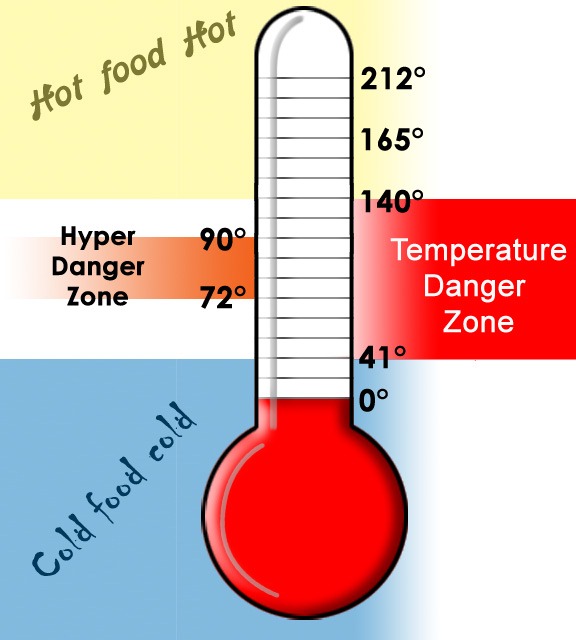
When Should I Call the Doctor?
The temperature that should trigger a call to the doctor depends on a child’s age, the illness, and whether they have other symptoms. You might ask if your doctor has specific guidelines on when to call about a fever.
In general, call the doctor if your child is:
- younger than 3 months old with a rectal temperature of 100.4°F (38°C) or higher
- 3 months or older with a temperature higher than 102.2°F (39°C)
- any age but has a health problem like cancer or sickle cell disease and has a fever
Also call if a child 3 months or older has a fever and:
- refuses fluids or seems too ill to drink enough
- has lasting diarrhea or repeated vomiting
- has any signs of dehydration (peeing less than usual, not having tears when crying, less alert and less active than usual)
- has a specific complaint (like a sore throat or earache)
- still has a fever after 2–3 days
- has a rash
- has pain while peeing
Get emergency care if your child shows any of these signs:
- crying that won’t stop
- extreme irritability or fussiness
- sluggishness and trouble waking up
- a rash or purple spots that look like bruises on the skin (that were not there before your child got sick)
- blue lips, tongue, or nails
- in an infant, the soft spot on the head seems to be bulging out or sunken in
- stiff neck
- severe headache
- limpness or refusal to move
- trouble breathing that doesn’t get better when the nose is cleared
- leaning forward and drooling
- seizure
- moderate to severe belly pain
What Else Should I Know?
All kids get fevers, and in most cases they’re back to normal within a few days.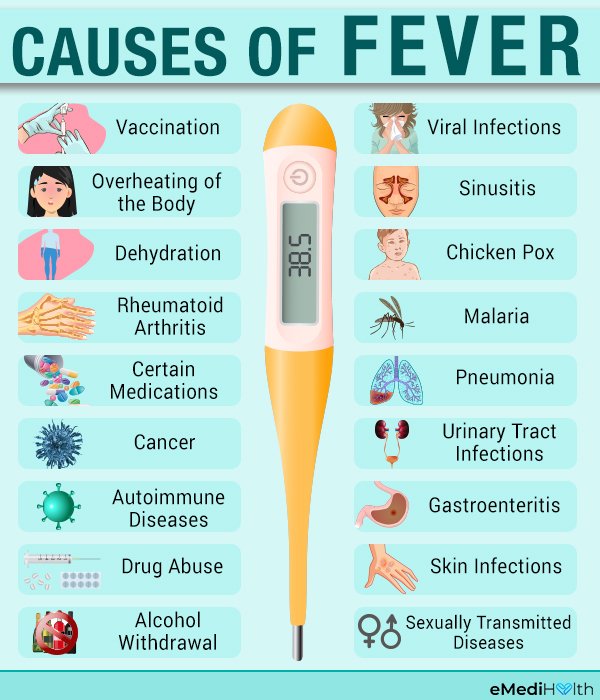 For older babies and kids, the way they act can be more important than the reading on your thermometer. Everyone gets a little cranky when they have a fever. This is normal and should be expected.
For older babies and kids, the way they act can be more important than the reading on your thermometer. Everyone gets a little cranky when they have a fever. This is normal and should be expected.
But if you’re ever in doubt about what to do or what a fever might mean, or if your child is acting ill in a way that concerns you even with no fever, always call your doctor for advice.
Medically reviewed by: Melanie L. Pitone, MD
Date reviewed: November 2022
What’s considered a fever and when to see a doctor
Humans – like all mammals – are warm-blooded, meaning our bodies stay warm, or at a fairly consistent temperature, even when the temperature of our surroundings change.
For most of us, our bodies tend to hover between 97 and 99 degrees Fahrenheit. But in certain circumstances, our body temperate rises, resulting in a fever.
“Your body’s immune system creates a fever to fight off infection,” said Sarah Joseph, MD. As an internal medicine and pediatrics specialist, Dr. Joseph treats children and adults of all ages for a wide range of illnesses.
Joseph treats children and adults of all ages for a wide range of illnesses.
Low-grade fever
The medical community generally defines a fever as a body temperature above 100.4 degrees Fahrenheit. A body temp between 100.4 and 102.2 degree is usually considered a low-grade fever.
“If the temperature is not high, it doesn’t necessarily need to be treated with medication,” Dr. Joseph said.
A low-grade fever usually doesn’t require treatment, unless the fever is occurring in a very young infant, or if it’s accompanied by other worrisome symptoms, such as confusion or the inability to eat or drink without vomiting.
To bring down a fever without medication, Dr. Joseph suggests wearing minimal clothing or bathing in lukewarm or cool water. You should also be sure to drink plenty of fluids to keep your body hydrated.
And keep in mind that even a mild fever could be a sign of a contagious illness. Washing your hands and covering your cough are always good practices.
“In the age of COVID-19, one of the things people should keep in mind is that if they are having any kind of fever that is persisting, they should probably go get tested,” Dr. Joseph said.
Not sure whether you need a test or where to get tested? Use our digital assistant, Clare, located in the lower right corner of the OSF HealthCare website.
High fever
When body temperature rises above 102.2 degrees, it can be a sign of a more serious infection.
Get treatment for minor illnesses
> Find urgent care
Most fevers will resolve in a few days, but Dr. Joseph says some circumstances could be reason to see a provider, either in a primary care office or urgent care clinic.
Consider seeing a doctor if:
- Fever lasts longer than three to five days
- Fever doesn’t respond to fever-reducing medications, such as acetaminophen or ibuprofen (Tylenol or Advil)
- Other symptoms include confusion, neck stiffness or sensitivity to light
“Another reason to seek medical attention is if you don’t feel right about how things are going,” Dr.:max_bytes(150000):strip_icc()/fever-as-a-symptom-of-cancer-514434_final-7e069dd7ce444357b3536d0897e16b00.jpg) Joseph said.
Joseph said.
Rarely, a fever could be a sign of a medical emergency.
Call 911 or go directly to an emergency room if you have a fever and any of the following symptoms:
- Seizures
- Severe abdominal pain
- Pain or burning with urination
- Shortness of breath or chest pain
- Difficulty holding down fluids
- Severe headache
Last Updated: February 10, 2022
View all posts by Laura Nightengale
Tags: emergency, fever, headache, urgent care
Categories: General
what to do, what temperature is considered high and why it is dangerous, causes and symptoms
Fever, fever – this is what we call an increase in body temperature. This is the most important defense mechanism of the human body and one of the main symptoms of infection. Most often, we encounter a fever with colds and flu. High temperatures cause some discomfort, but it helps to cope with the disease faster.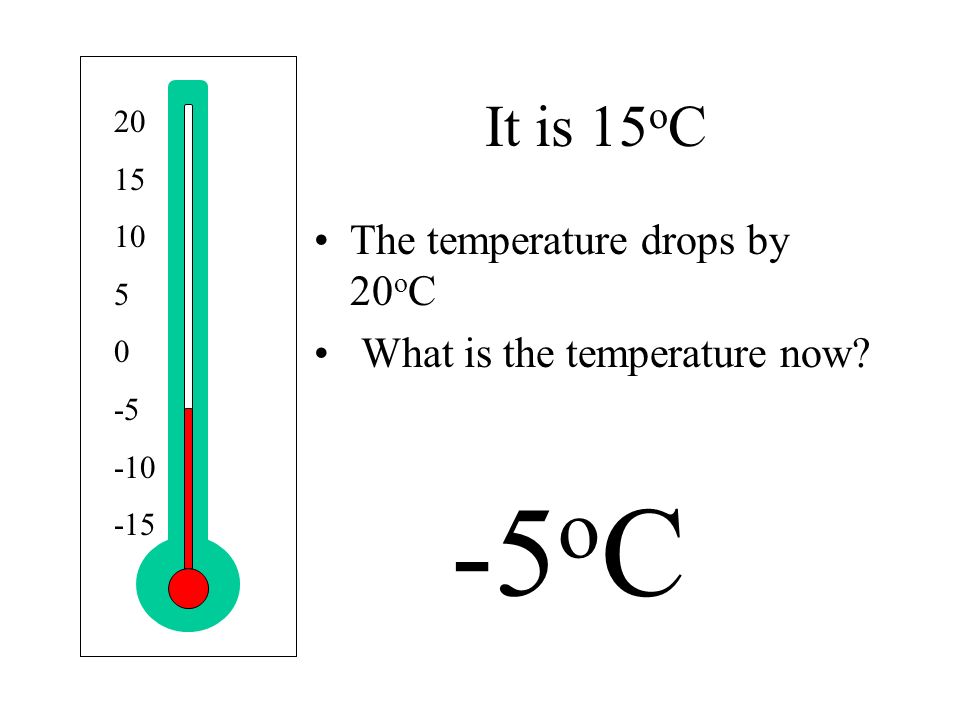 We will tell you why adults have a fever, when it is necessary to bring down the temperature, and in what cases it is not worth it.
We will tell you why adults have a fever, when it is necessary to bring down the temperature, and in what cases it is not worth it.
Why the temperature rises
1
Body temperature can rise for various reasons: due to overheating, inflammation, hormonal imbalance. The processes of heat transfer in the human body are regulated by a small part of the brain – the hypothalamus. The temperature rises with any physical or chemical impact on it.
An increase in body temperature associated mainly with infections is called a fever. It develops when biologically active substances, cytokines, act on the hypothalamus. The immune system releases them into the blood in response to the inflammatory process. The production of cytokines is also enhanced by the waste products of microbes.
Fever is one of the main symptoms of an acute respiratory viral infection (ARVI). But it is also a protective reaction of the body, aimed at fighting the virus.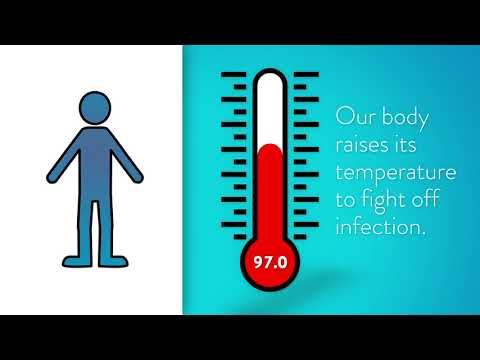 When the temperature rises, the immune system synthesizes more leukocytes, which destroy or inactivate pathogenic microbes, and interferons, natural antiviral substances.
When the temperature rises, the immune system synthesizes more leukocytes, which destroy or inactivate pathogenic microbes, and interferons, natural antiviral substances.
What temperature is considered high
2.3
A temperature above 37˚C measured in the armpit is considered elevated. When measuring temperature in the oral cavity, a temperature of more than 37.2˚C is considered elevated, and in the rectum – more than 37.8˚C.
Types of fever:
● Subfebrile – 37.5–38˚C. Accompanies a chronic or easily flowing acute infection.
● Febrile – 38-39˚C. A frequent companion of most acute inflammatory processes – infectious and non-infectious.
● Pyretic (high) – 39-41˚C. This is one of the signs of a moderate flu. High fever is accompanied by symptoms that worsen well-being.
● Hyperpyretic (critically high) – more than 41˚C. It occurs in a severe form of influenza, causes life-threatening disorders of body functions.
What symptoms accompany fever
4, 5
Subfebrile temperature is accompanied by weakness, feeling of weakness, headache, drowsiness, chills. At a temperature of 38˚C, the skin becomes hot, the cheeks turn red, the patient feels intense heat, dry mouth. Lips dry out and crack. With pyretic fever, nausea and vomiting may join. Hyperpyretic temperature is often accompanied by a disorder of consciousness, delirium.
Fever increases blood pressure and heart rate. An increase in temperature by one degree increases the pulse by 10-15 beats per minute.
What diseases occur with fever
6
The most common cause of fever in adults is acute respiratory viral infections (ARVI):
● Coronavirus, rhinovirus infection. This is SARS, affecting mainly the mucous membranes of the nasal cavity and pharynx. Symptoms: runny nose, redness and sore throat, sneezing, coughing. The temperature is subfebrile (37–38˚С) or febrile (38–39C).
● Influenza. Influenza viruses can immediately affect the lower respiratory tract and cause a deep chest cough. Infection is most often accompanied by severe intoxication, which is manifested by headache, aching throughout the body, and severe weakness. The temperature can reach pyretic (39-41˚C) and hyperpyretic (over 41˚C).
● Respiratory syncytial virus infection. It often affects the trachea and bronchi, in a quarter of the patients it leads to pneumonia. Symptoms are similar to the flu, with the difference that intoxication is less pronounced, signs of inflammation of the lower respiratory tract come to the fore – a deep cough with pain behind the sternum.
● Parainfluenza. The virus infects the nasal cavity, pharynx, larynx. The infection is accompanied by a runny nose, bouts of painful coughing, hoarseness, and sometimes a short-term loss of voice.
● Adenovirus infection. Runs with severe runny nose, sneezing, conjunctivitis. The eyes turn red, watery, there is pain and burning in the area of the eyeballs and eyelids. Unlike other acute respiratory viral infections, adenovirus infection is often infected in spring and summer.
The eyes turn red, watery, there is pain and burning in the area of the eyeballs and eyelids. Unlike other acute respiratory viral infections, adenovirus infection is often infected in spring and summer.
Other causes of fever:
● any infectious disease of a viral, bacterial, parasitic nature;
● non-infectious inflammations: acute pancreatitis, aspiration pneumonitis;
● allergic and autoimmune diseases: reaction to vaccination, rheumatoid arthritis, systemic lupus erythematosus;
● diseases of the thyroid gland, adrenal glands;
● oncological diseases: malignant tumors of internal organs, leukemia, lymphogranulomatosis;
● neurological pathologies: traumatic brain injury, cerebral hemorrhage;
● thermal (solar) stroke;
● psychogenic: prolonged emotional stress, neuroses, hysteria.
When temperature rise is dangerous
Fever poses a threat to health with a strong rise in temperature, when the thermometer shows 40˚C or more.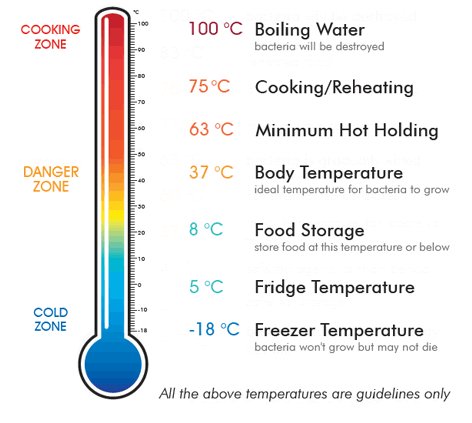 This condition leads to dehydration, disruption of vital organs, and significantly increases the risk of thrombosis.
This condition leads to dehydration, disruption of vital organs, and significantly increases the risk of thrombosis.
For healthy adults, an increase in temperature during SARS by 3˚C from the norm (36.6˚C) is not dangerous. However, for some people, even a febrile temperature can be harmful. At risk:
● Elderly people. After 65 years, it is more difficult for the body to adapt to an increase in temperature due to the age-related decrease in the ability to thermoregulate, the acquisition of chronic diseases.
● People with chronic diseases of internal organs: kidneys, cardiovascular, nervous system. Fever increases the load on these organs and can lead to an exacerbation of the disease.
What to do when the temperature is high
7
Fever helps to defeat the infection faster. With ARVI without fever, the infection takes longer, is accompanied by a pronounced deterioration in well-being, and is more often complicated. Therefore, it is worth suffering malaise for 2-3 days and not bringing down the temperature, provided that the body temperature does not exceed 38. 5˚C. To make it easier to transfer the condition, avoid any physical activity, drink plenty of fluids, do not wrap yourself in blankets and excessively warm clothes that impair heat transfer.
5˚C. To make it easier to transfer the condition, avoid any physical activity, drink plenty of fluids, do not wrap yourself in blankets and excessively warm clothes that impair heat transfer.
But there are times when it is better to bring down the temperature:
● The thermometer reads over 39˚C.
● The rise in temperature is accompanied by a strong deterioration in the condition: loss of strength, poor sleep, nausea, vomiting.
● The patient is at risk.
Fever above 40˚C in adults requires emergency medical attention.
Non-drug methods. Wiping with a damp cloth or a weak vinegar solution will help to reduce the temperature. It is recommended to drink more warm drinks, such as tea with raspberry jam. Raspberries contain natural salicylates – substances that reduce fever. Drink should be moderately warm. Excessively hot or cold drinks and foods should be avoided.
Antipyretics. If non-drug treatments do not help, take an antipyretic medication. The safest drugs are paracetamol-based, which can be taken even by small children and pregnant women. Paracetamol is included in most combined anti-cold complexes, which additionally relieve nasal congestion and symptoms of intoxication in acute respiratory viral infections.
The safest drugs are paracetamol-based, which can be taken even by small children and pregnant women. Paracetamol is included in most combined anti-cold complexes, which additionally relieve nasal congestion and symptoms of intoxication in acute respiratory viral infections.
Antivirals. Lowering the temperature is not an end in itself in the treatment of SARS. Antiviral therapy should fight the causative agent of the infection. To do this, develop specific antiviral drugs that prevent the reproduction of the virus and infection of healthy cells. In the treatment of colds and flu, enisamium iodide has proven itself well. Its use reduces the acute clinical manifestations of viral intoxication. 8
Enisamia iodide at a dosage of 500 mg is part of the drug Nobasit ® Forte 8 . Nobasit ® Forte begins to act within 2 hours after taking the tablet 8. In addition to the direct antiviral effect, enisamia iodide has a pronounced anti-inflammatory activity 9, 10 .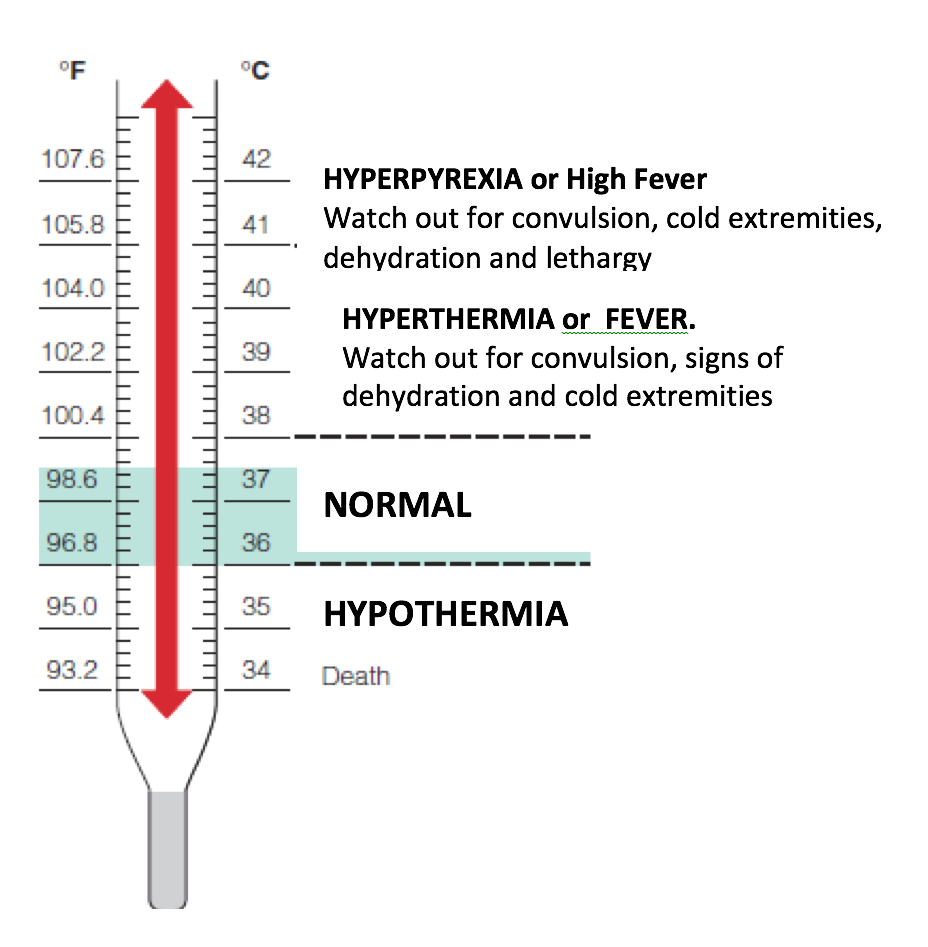 The combined action leads to a 3-fold decrease in the severity of fever and other symptoms of intoxication (headache and muscle pain), starting from the second day of treatment 11 . Also Nobasit ® Forte helps to reduce the duration of the disease. 8
The combined action leads to a 3-fold decrease in the severity of fever and other symptoms of intoxication (headache and muscle pain), starting from the second day of treatment 11 . Also Nobasit ® Forte helps to reduce the duration of the disease. 8
Briefly about the main
● Elevated is defined as a temperature above 37˚C measured in the armpit. If it is caused by an infection, this temperature is called a fever.
● The most common cause of fever in adults is SARS. Other causes – infections, non-infectious inflammation, heat stroke, stress, malignant tumors – are much less common.
● Fever brings recovery closer, but often it greatly affects well-being: it is accompanied by weakness, headache, body aches. In the elderly and people with common chronic diseases, fever often causes dangerous complications.
● Cool down in healthy adults should be above 38.5˚C and in at-risk people above 38˚C. If the temperature rises above 40˚C, it is worth calling an ambulance.
If the temperature rises above 40˚C, it is worth calling an ambulance.
● First, try to bring down the temperature with home remedies – cool body wraps, tea with raspberry jam. If that doesn’t help, take an antipyretic medicine.
● Antipyretics will ease the fever but will not speed up recovery. To defeat the infection as soon as possible, take antiviral drugs, for example, Nobasit ®
Forte.
1 Tatochenko V.K., Uchaikin V.F. Fever // Pediatric pharmacology – 2006 – https://cyberleninka.ru/article/n/lihoradka
2 Fugol D.S. An increase in body temperature in children and approaches to its correction // BC – No. 24, 2013 – https://elibrary.ru/item.asp?id=20603056
3 Vasilenko V.V. Measurement of body temperature // RMJ. – No. 29, 2008, S. 1948. https://www.rmj.ru/articles/istoriya_meditsiny/Izmerenie_temperatury_tela/
4 Dvovetsky L.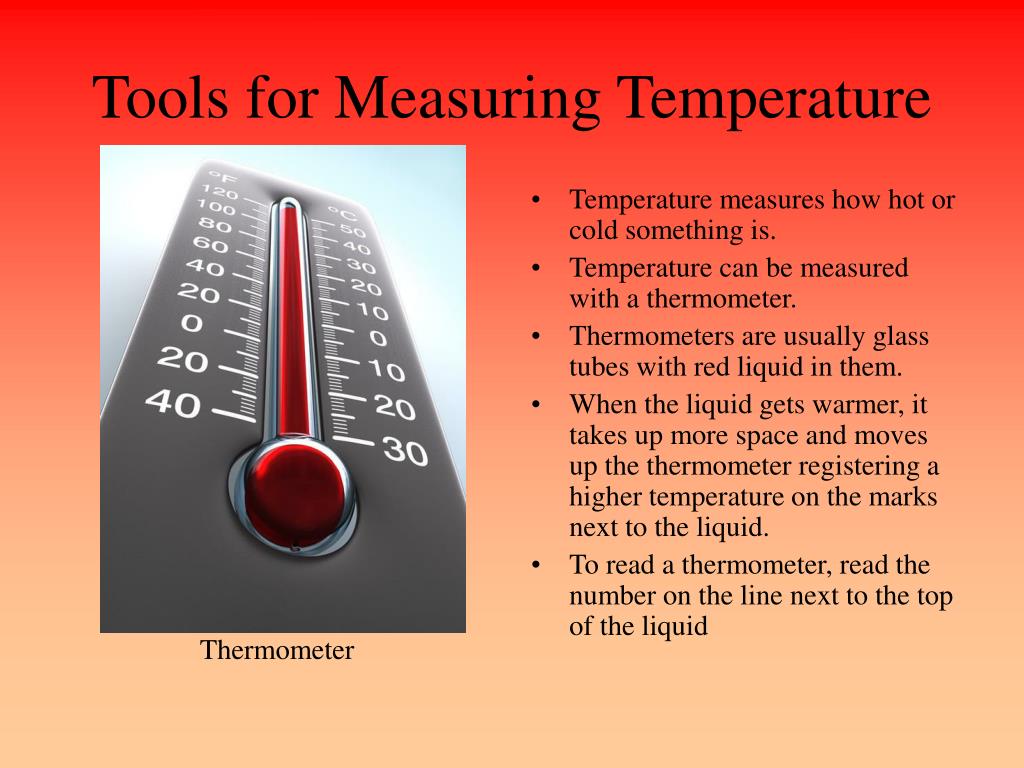 I. Fever: to treat or not to treat // BC – No. 14, 2003 – https://www.rmj.ru/articles/obshchie-stati/Lihoradka_lechity_ili_ne_lechity/
I. Fever: to treat or not to treat // BC – No. 14, 2003 – https://www.rmj.ru/articles/obshchie-stati/Lihoradka_lechity_ili_ne_lechity/
5 Cheshik S.G., Vartanyan R.V. Respiratory syncytial viral infection: clinic, diagnosis, treatment // Children’s infections – No. 1, 2004 – https://cyberleninka.ru/article/n/respiratorno-sintsitialnaya-virusnaya-infektsiya-klinika-diagnosti…
6 Kalyuzhnaya L.I., Zemlyanoy D.A. Heat transfer disorders and fever // Pediatrician – T.6, No. 1, 2015 – https://cyberleninka.ru/article/n/narusheniya-teploobmena-i-lihoradka
7 Didkovsky N.A., Tanasova A.N. Fever. breast cancer. 2003; 4:189.
8 Instructions for medical use of Nobasit® Forte LP-006416.
9 Zyryanov S.K., Butranova O.I., Gaidai D.S., Kryshen K.L., Pharmacotherapy of acute respiratory infections caused by influenza viruses // Therapeutic archive – 2021, (1): pp. 17-27.
10 Kareva E. N., Fedotcheva T.A., Semeikin A.V., Kochina N.A., Krasnoshchok E.V., Shimanovsky N.L. Enisamia iodide – influence on the key components of the inflammatory process in acute respiratory viral infections // Therapeutic archive – 2022; 94 (11): pp. 1233 – 1238
N., Fedotcheva T.A., Semeikin A.V., Kochina N.A., Krasnoshchok E.V., Shimanovsky N.L. Enisamia iodide – influence on the key components of the inflammatory process in acute respiratory viral infections // Therapeutic archive – 2022; 94 (11): pp. 1233 – 1238
11 Lioznov D.A., Karnaukhova E.Yu., Zubkova T.G., Shakhlanskaya E.V., Evaluation of the effectiveness of the ARVI treatment regimen, including etiotropic (enisamia iodide) and symptomatic therapy // Therapeutic archive No. 3 – 2020.
About the product
Download manual
Why is temperature dangerous?
What is the danger of temperature?
Most of all, parents are afraid of fever, that is, an increase in body temperature in children.
We have collected several options for “threats” that scare parents if the temperature on the thermometer rises above “critical levels”:
- Protein will coagulate
- The brain will overheat
- Seizures will start
- The child will “burn out”.

What’s in reality?
An increase in temperature (fever) is a protective mechanism of the human body during the fight against infection. The body is able to control this process and it cannot harm itself.
A safe increase in body temperature is considered a mark of up to 42 degrees. And the protein will not curl. It is impossible to boil an egg at this temperature.
Let’s give an example: almost all housewives have an oven in the kitchen; for cooking a pie, a temperature of 180 degrees is required, for cooking fish or meat – 200-220 degrees. You yourself set this temperature and at the same time the oven will not overheat and will not break.
The same is true of the body: by engaging in the fight against viruses and bacteria, the immune system (hostess) begins to produce pyrogens (oven mode switches). Under their influence, the hypothalamus (oven) raises the temperature from normal to 39-40 degrees.
This is required to increase the efficiency of immune mechanisms, to produce acute phase proteins (C-reactive protein, procalcitonin), which destroy pathogens.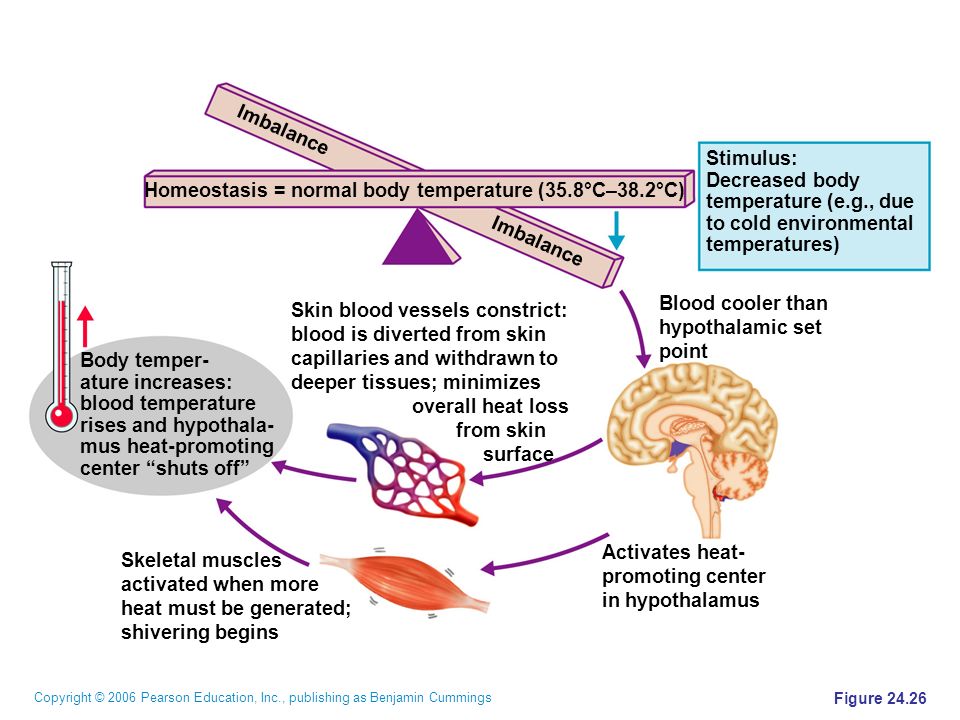 Microbes at this temperature will also hardly be able to multiply.
Microbes at this temperature will also hardly be able to multiply.
After the number of bacteria and viruses in the body has decreased, pyrogens cease to be produced and stimulate the hypothalamus, the body temperature returns to normal 36-37 degrees.
Is it necessary to fight “white fever” and give No-shpu?
To increase the temperature, the body activates its forces, reducing heat loss: a spasm of peripheral vessels occurs, the limbs cool, the skin turns pale, trembling and chills are connected.
In the post-Soviet space, it was customary to call this stage of white fever and try in every possible way to turn it into red. This term is absent in international sources, it is believed that this is only one of the mechanisms / stages of temperature increase.
No-shpa is not needed in this case, since its action is directed to the smooth muscles of the internal organs, and not to the vessels.
Febrile convulsions at high temperature.

 Tympanic (in the ear) is OK for kids 6 months and older.
Tympanic (in the ear) is OK for kids 6 months and older.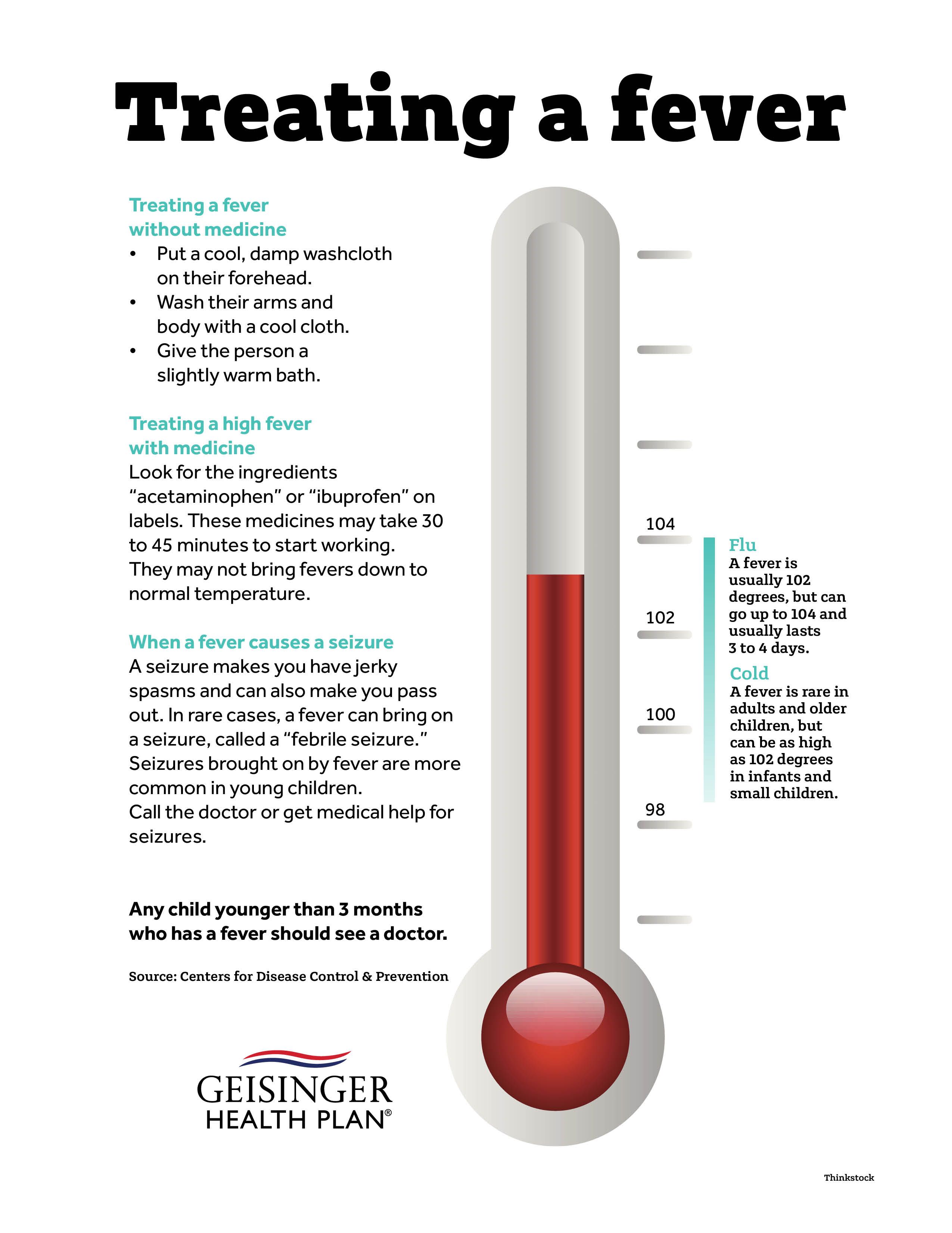 Do not give to children under 6 months old.
Do not give to children under 6 months old.
